B-25B Mitchell
Manufacturer:
North American
Wingspan:
77 ft 7 in
Length
52 ft 11 in
Max Speed:
300
Range:
3,000 mi
Service Ceiling:
15,000 ft
Entered Production:
1940
Total Manufactured:
119 (120 built, 1 destroyed before delivery)
Armament:
(If applicable)
One .30 inch nose gun, four .50 inch caliber machine-guns
Summary
- In 1939, as political tension grew between nations, the Army Air Corps believed it was time for a new classification of bomber was needed which could offer tactical support for ground troops while carrying more than light bombers being developed at the time. On March 11th they issued Circular Proposal 39-640, which requested what was called a “medium bomber”. The successful proposal would be capable of reaching speeds greater than 300 mph, and range of over 2,000 miles. As far as armament went, they wanted a bomb load of 3,000 pounds, and at least four .30 caliber machine guns.
- At the time of issue there was a prototype bomber being reviewed, the North American NA-40-2, which seemed a promising design. When it crashed due to pilot error on April 11th, it was suggested that the manufacturer adjust the specifications and rebuild to meet the new medium bomber requirements. By September of 1939 the resulting B-25 Mitchell, featuring “tricycle” landing gear, twin tails, and a pair of Wright Cyclone R-2600-9 engines took its first flight in August of 1940.
- Over the course of the war, there were 9,816 B-25 Mitchells built. 119 of them were B-25B models. Of those, 24 were modified further to take part in one of the most famous raids of the War – the Doolittle Raid. Lt Col. James H. Doolittle lead 16 of them off the USS Hornet on April 18th, 1942 to bomb various targets in Tokyo, Japan. The damage was slight, but the psychological effect was tremendous. This raid proved to be a great morale boost for the American people as it demonstrated that mainland Japan was vulnerable to American air attacks. Of the 16 aircraft, only one survived. Lt Col. Doolittle initially believed that the loss of aircraft and uncertain return of many of his men would lead to his court-martial, but instead he received the Medal of Honor and was promoted two ranks to brigadier general.
Overview
Our North American B-25B is comprised of non-associated unairworthy parts from other B-25 aircraft. There were modifications made to parts from “J” models to match specifications of the B model used by the 7th aircraft crew in the Doolittle Raid (Serial Number 40-2261), “The Ruptured Duck”. The crew who flew 40-2261 was from the 95th Squadron, 17th Group, and crash-landed off of the China Coast. All five crew members survived and made their way back to the states. The original aircraft’s nose art was painted by
According to CaptainTed Lawson in “30 Seconds Over Tokyo”, the nose art on 40-2261 was painted by Corporal Lovelace after someone chalked the nickname “Ruptured Duck” on the fuselage. On the aircraft owned by Pearl Harbor Aviation Museum, Hal Olsen, a renowned WWII Nose Artist, hand painted a unique design similar to Lovelace’s, featuring a duck wearing a headset and crutches.
Our aircraft has been signed by two Raiders – Lieutenant Dick Cole from Crew 1, and Major Tom Griffin from Crew 9.

